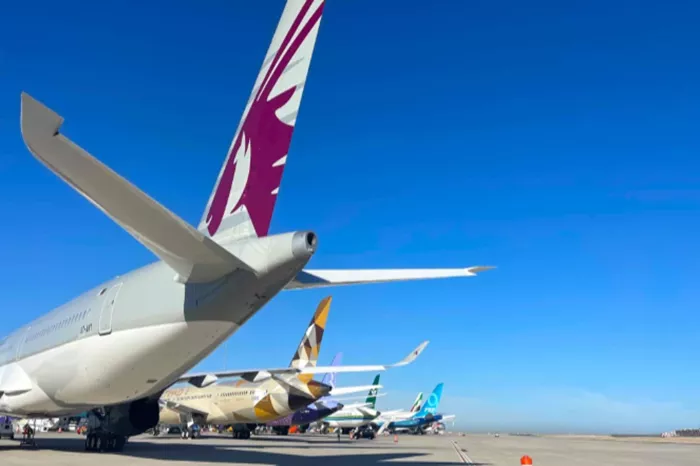The international airline industry achieved a major milestone in 2024, with global air travel volumes officially surpassing pre-COVID-19 levels for the first time. According to data from the International Air Transport Association (IATA), total passenger traffic for the year climbed 3.8% above 2019 figures, signaling a full recovery from the pandemic’s unprecedented disruption.
Middle Eastern carriers, particularly Qatar Airways (QR), have emerged as major beneficiaries of the recovery, significantly expanding their share of international business. Their strategic geographic positioning and continued investment in premium services have bolstered their competitiveness on global routes.
In contrast, European airlines are grappling with a more challenging operating environment. Heightened environmental levies, restricted airspace access over Russia due to the ongoing conflict in Ukraine, and limited opportunities for airport expansion in Western Europe’s densely populated regions have constrained growth and reduced operational flexibility.
As global travel patterns continue to evolve, the momentum gained by Gulf carriers and infrastructure-rich hubs in the Middle East underscores a potential long-term shift in the international aviation landscape.

